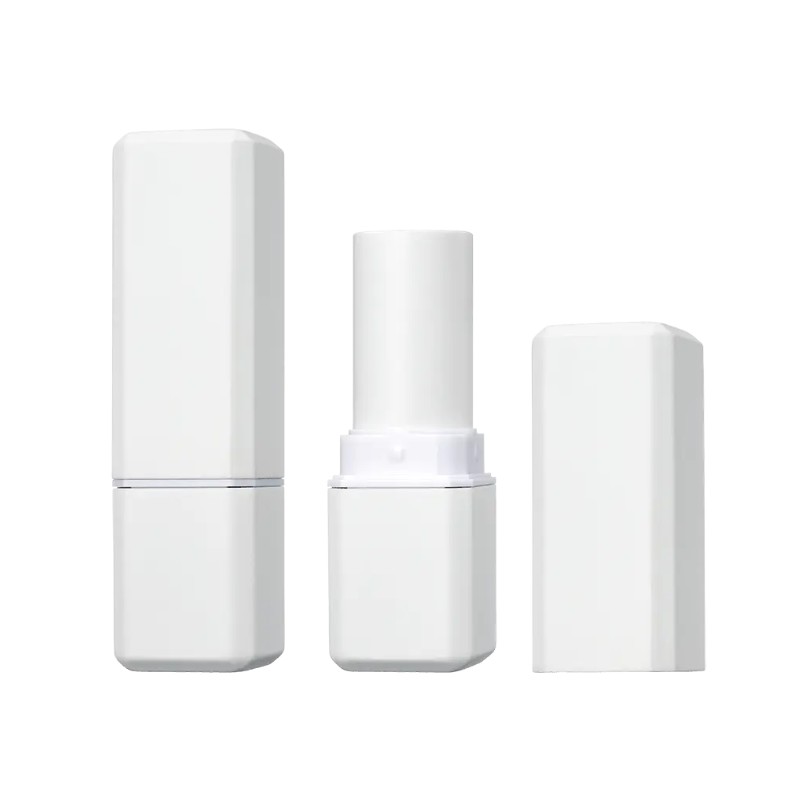

Recyclable and biodegradable materials are emerging as key elements shaping the future of color cosmetics packaging. This shift is rooted in a heightened awareness of environmental sustainability and a growing consumer preference for products that prioritize eco-friendly packaging.
Consumers, increasingly conscious of environmental issues, are seeking products aligned with their commitment to sustainability. Brands that embrace recyclable and biodegradable materials resonate with this environmentally conscious consumer base. The move towards sustainability is not only driven by consumer demand but is also influenced by regulatory changes that emphasize environmental considerations.
Choosing recyclable and biodegradable materials aligns with the broader goal of reducing the cosmetics industry's environmental impact. The industry traditionally generates significant packaging waste, and the adoption of sustainable materials contributes to waste reduction. This aligns with the principles of a circular economy, where materials are reused or returned to the environment without causing harm.
The positive impact on brand image and reputation is another compelling factor. Brands that prioritize sustainability in their packaging demonstrate a commitment to environmental responsibility, which can enhance their image and attract environmentally conscious consumers. As consumer preferences evolve, sustainable practices become a distinguishing feature in the competitive cosmetics market.
Innovation in materials plays a crucial role in driving the adoption of sustainable packaging. Advances in technology and materials science have given rise to a range of options, including plant-based plastics, recycled paper, and biodegradable polymers. These materials not only meet environmental objectives but also offer aesthetic appeal.
While the trend towards sustainable packaging is gaining momentum, challenges such as cost, availability, and performance characteristics remain. Overcoming these challenges requires ongoing research, collaboration, and innovation within the cosmetics industry. As consumers become more educated about the environmental impact of their choices, brands that prioritize transparency and provide information about their sustainable packaging initiatives stand to build trust and loyalty.
Ultimately, the use of recyclable and biodegradable materials in color cosmetics packaging is seen as a positive and necessary step towards a more sustainable future. The industry's commitment to addressing environmental concerns through responsible packaging practices reflects a broader societal shift towards conscious consumerism and a desire for products that align with ethical and environmental values.
